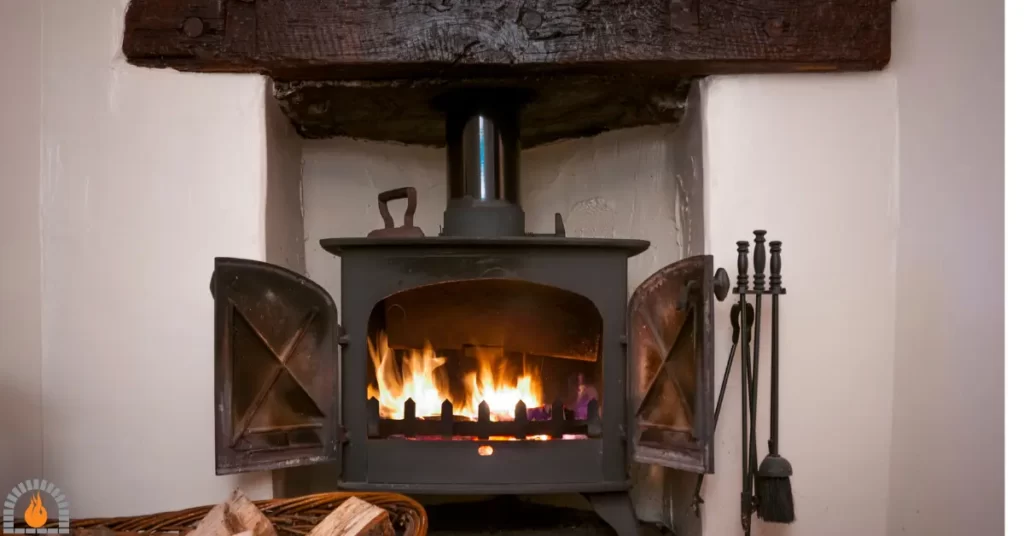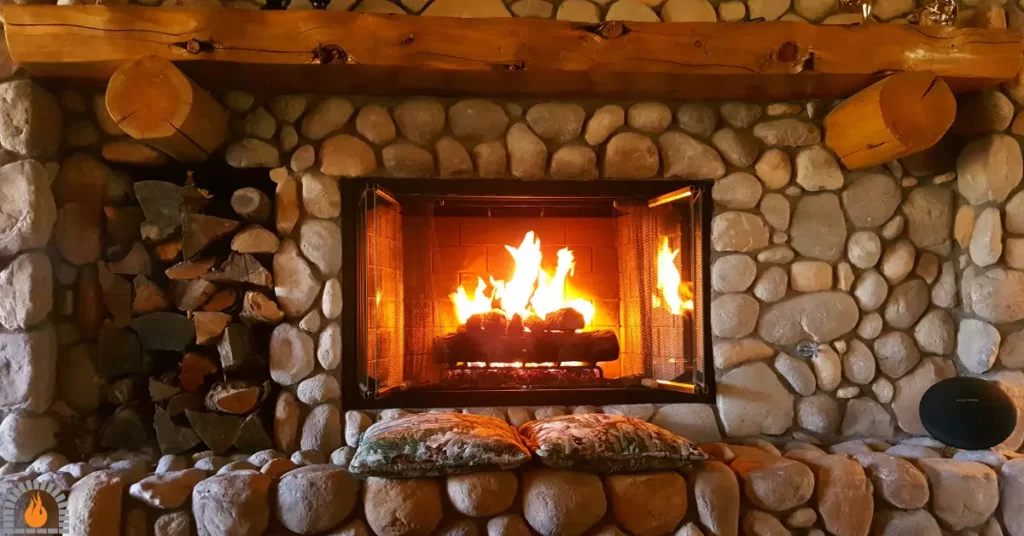Fireplaces are more than just a source of warmth and ambiance in our homes. They often feature various components designed to optimize their functionality and efficiency. One such element is the side vents, which play an essential role in the performance of a fireplace.
What Are the Side Vents on a Fireplace For?
Side vents, also known as air vents or air inlets, are openings on the sides of a fireplace. They allow air to enter the fireplace and supply the necessary oxygen for combustion. These vents are typically positioned at the base of the fireplace or integrated into the firebox design.
The Function of Fireplace Side Vents
Oxygen Supply for Combustion
The primary purpose of side vents is to provide an adequate oxygen supply for the combustion process. When wood or other fuel burns in a fireplace, it requires oxygen to sustain the fire.
These vents allow fresh air from the room to enter the fireplace, ensuring a steady oxygen flow to support the burning process.
Improved Efficiency
Proper airflow is crucial for efficient fireplace operation. Side vents help optimize the combustion process by facilitating the entry of oxygen and enabling efficient fuel burning.
The fire may struggle to burn effectively without a sufficient air supply, leading to incomplete combustion, excessive smoke production, and reduced heat output.
By incorporating vents, fireplaces can improve efficiency and provide more warmth for your space.
Reducing Smoke and Odors
Insufficient oxygen supply can cause smoke and unpleasant odors to accumulate inside the room. When a fireplace lacks proper ventilation, the combustion process may become incomplete, releasing unburned particles and volatile organic compounds.
Side vents promote a healthier indoor environment by ensuring the complete combustion of fuel and minimizing smoke and odors.

Prevention of Backdrafts
Backdrafts occur when there is inadequate ventilation, and the airflow in the chimney becomes reversed. This can cause smoke and toxic gases to flow back into the room instead of being expelled outside.
Side vents prevent backdrafts by allowing fresh air to enter the fireplace and ensuring a balanced airflow.
This helps maintain a consistent and proper draft, preventing the reversal of air and reducing the risk of smoke and gas entering your living space.
Maintaining a Balanced Indoor Climate
In addition to their role in performance, side vents contribute to maintaining a balanced indoor climate. When a fireplace operates without proper air circulation, it can create negative pressure, leading to drafts from other house areas.
Side vents help alleviate this issue by supplying the necessary air for combustion and preventing air imbalances that can affect the overall comfort of your home.
Enhancing Safety
Ensuring proper ventilation is essential for optimal fireplace performance and safety. Inadequate airflow can increase the risk of carbon monoxide (CO) buildup.
This colorless and odorless gas can be harmful or even fatal if inhaled in high concentrations. By incorporating side vents, fireplaces promote a safer environment by facilitating the removal of combustion byproducts, including CO, and reducing the potential for dangerous gas accumulation.
Design Considerations
Aside from their functional benefits, vents can also contribute to the aesthetic appeal of a fireplace. Manufacturers offer various designs and finishes, allowing homeowners to choose side vents that complement their fireplace style and interior design.

Read More About Fireplace:
FAQs
Should the vent on my fireplace be open or closed?
The vent on your fireplace should be open when you are starting a fire or when the fire is actively burning. This allows for proper airflow and prevents smoke from entering your living space.
However, it is essential to note that each fireplace may have specific instructions or recommendations, so it’s always best to consult the user manual or guidelines provided by the manufacturer for your particular fireplace model.
What is the knob on the side of my fireplace?
The knob on the side of your fireplace is likely a damper control. The damper is a metal plate or flap that is used to control the amount of airflow through the chimney. By adjusting the damper using the knob, you can regulate the intensity of the fire and control the amount of heat released into the room.
Opening the damper increases the airflow and allows more heat to escape through the chimney, while closing restricts airflow and keeps more heat inside the room.
How do I control the airflow in my fireplace?
You can use the damper and air intake vents to control the airflow in your fireplace. As mentioned earlier, the damper is typically controlled by a knob or lever on the side of the fireplace.
By opening or closing the damper, you can adjust how much air enters and exits the fireplace.
My Final Thoughts
What are the side vents on a fireplace for? Side vents are an essential component of a fireplace, serving multiple purposes that contribute to its overall functionality and safety.
By allowing the entry of fresh air, these vents ensure an adequate oxygen supply for combustion, resulting in efficient and clean fuel burning.
They help prevent the accumulation of smoke, odors, and potentially harmful gases within the room, promoting a healthier indoor environment.
Fireplace side vents play a crucial role in maintaining a balanced indoor climate, preventing backdrafts, and enhancing the fireplace’s overall safety.
Affiliate Disclosure: Fireplaceadviser.com is a participant in the Amazon Services LLC Associates Program. We may earn a commission when you click on certain links on this site and purchase.

Hello!! I am Jamal Khan. I often fix my home electric heaters and gas stove problems and research the common issues in the heating units to improve my knowledge and expertise. The aim of establishing fireplaceadviser.com is to share my expertise and knowledge with my audience.












